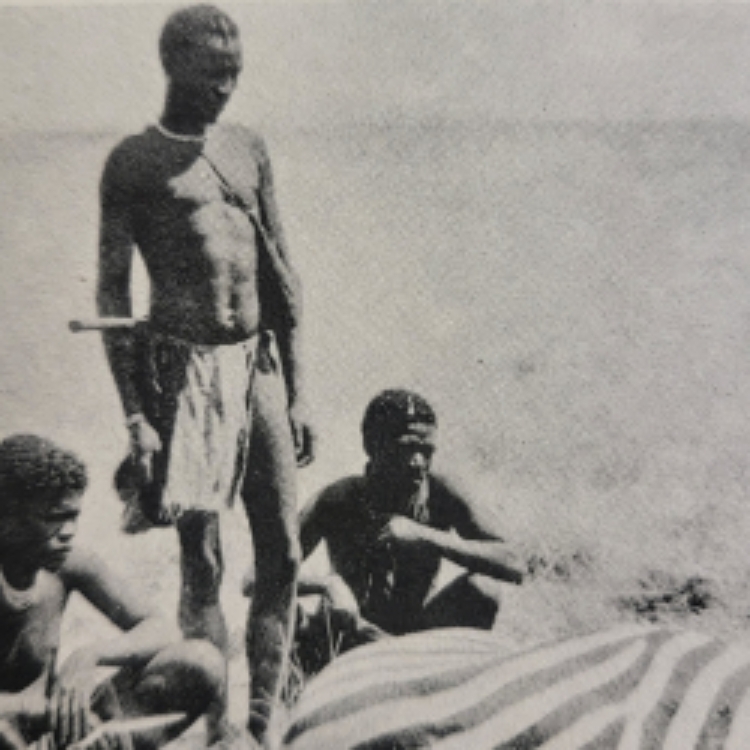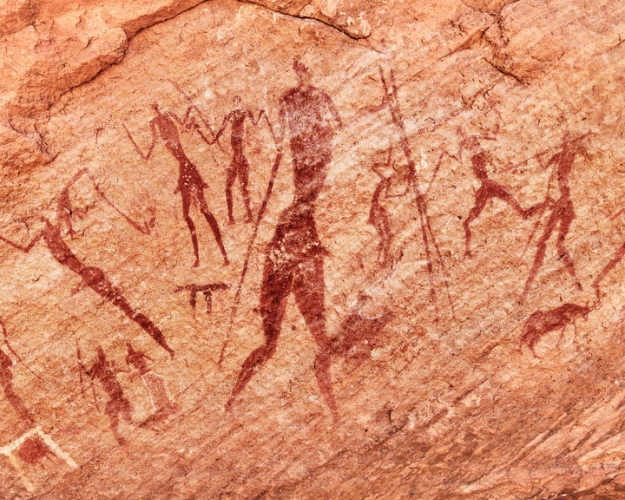The San People
The San people, also known as the Bushmen, are indigenous people of Southern Africa. They are believed to be one of the oldest groups of indigenous people in the world, with a history that dates back over 20,000 years. The San are traditionally hunter-gatherers, with a deep connection to the land and an intimate knowledge of the natural world. Their rock paintings cover the walls and caves throughout Zimbabwe.
The San people were once widely spread throughout Southern Africa, but over the centuries they have been displaced by other groups and pushed into increasingly remote regions. Today, the largest populations of San are found in Botswana, Namibia, and South Africa. However, even in these countries, the San are a minority group and face many challenges in preserving their culture and way of life. Other African tribes refer to the Bushmen as the 'Abatwa' or 'Sarwa' meaning 'Strangers' or 'Strange People? for they live a nomadic life in the Kalahri Desert, moving from Botwana to Zimbabwe and back again, according to the movement of game. Burshmen are magnificent hunters, shooting animals with poisoned arrows, and they will follow a wounded animal for days to complete the kill. They also live on roots and berries which they find in the inhospitable desert, and make their ""Home""s in litte grass shelters or ''bushes'' from which they take their name.
The Zebra was killed with a bow and arrow using a poisonous arrow.
Despite the challenges, many San communities continue to practice their traditional way of life, hunting game and gathering wild plants for food and medicinal purposes. The San are known for their deep spiritual connection to the natural world and their intricate knowledge of the plants and animals that inhabit their environment.
In recent years, there has been a growing interest in the San people and their culture, with many people around the world recognizing the importance of preserving this unique way of life. Efforts are underway to support San communities in maintaining their cultural traditions and protecting their land rights.
Today, the San people face many challenges, including discrimination, land rights issues, and limited access to healthcare and education. However, despite these challenges, the San remain a vibrant and resilient people, with a rich cultural heritage and a deep connection to the land. As efforts to support the San continue, there is hope that this ancient culture will continue to thrive for generations to come.


